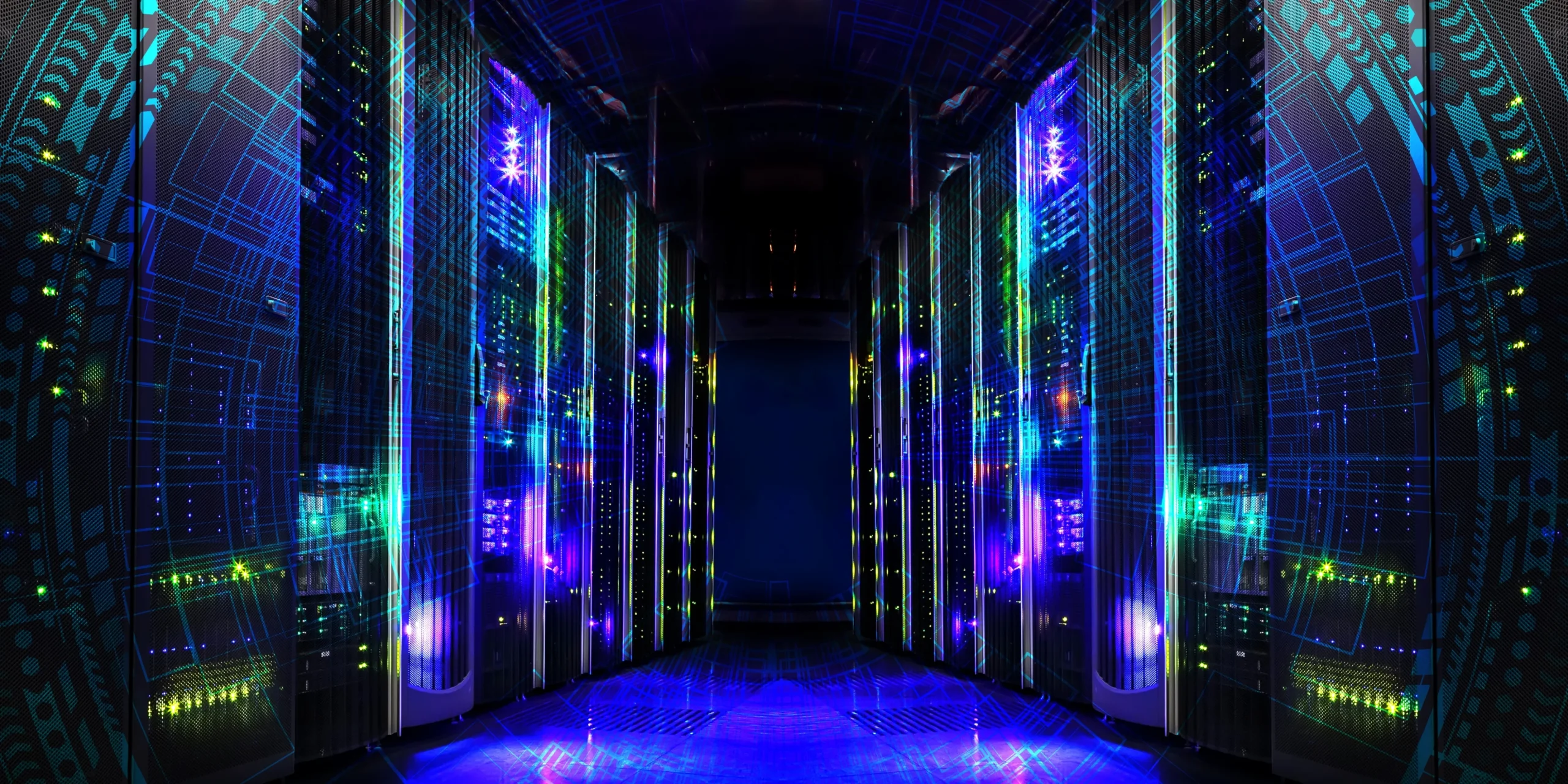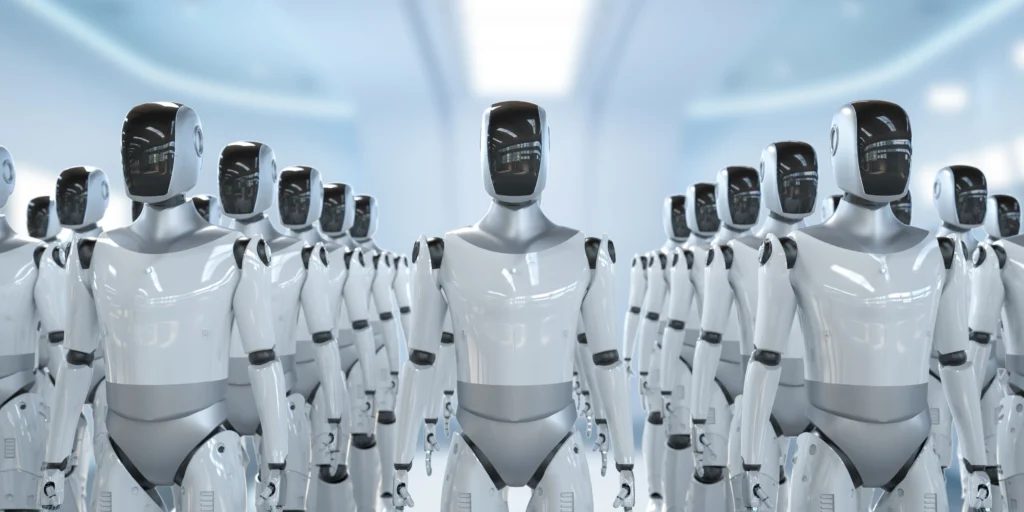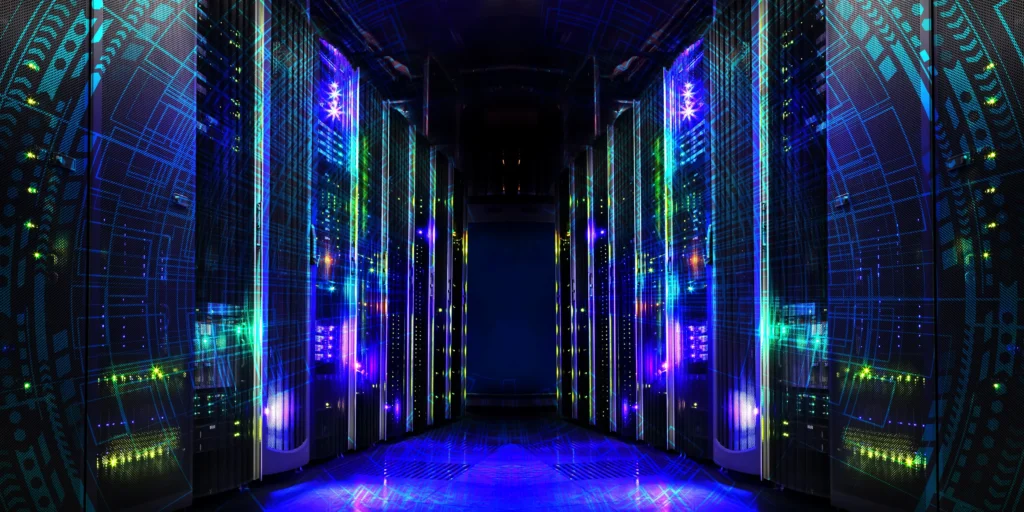$500Billion??
OpenAI and SoftBank are reportedly planning to drop $500 billion on a single project: an AI supercomputing data center so advanced, it’s been nicknamed “Stargate.” The numbers are eye-popping. The ambition is otherworldly. But behind the buzzword-heavy headlines and investor hype, what’s really being built? And does this kind of hyperscaling even make sense – ethically, economically, or technically?
Let’s be clear: this isn’t just another data center. Stargate is being described as a “supercomputing constellation,” designed to power the next decade of AI innovation. But with eye-watering cost, insatiable energy demands, and a level of secrecy that’s raising eyebrows, it’s worth asking: Is this bold vision… or pure delusion?
What We Know (And What We Don’t)
Based on insider reports and financial filings, here’s the broad outline:
- The Players: OpenAI is the anchor tenant; SoftBank is funding it; and a yet-unnamed chip partner (possibly not NVIDIA) is supplying semi-custom silicon.
- The Scale: $500 billion would make it the largest private infrastructure project in history – more expensive than 50 of the world’s largest current data centers combined.
- The Timeline: Slated for completion by 2030. Earlier phases are already in design.
What we don’t know is just as important:
- Where will it get its power? Nuclear? Geothermal? The grid sure can’t handle it.
- Who’s designing the chips? And will they be proprietary?
- What kind of AI models will this actually enable? GPT-6? GPT-10? Something else entirely?
The Ambition: Beyond Moore’s Law
Stargate isn’t just about building big – it’s about reimagining compute itself. Current AI models are hitting the limits of today’s data center designs. Training runs take months. Inference is expensive. Energy use is spiraling.
Stargate aims to solve this with:
- Custom AI Chips: Designed specifically for trillion-parameter models.
- Advanced Cooling: Likely liquid immersion or even more exotic techniques.
- Tight Software-Hardware Integration: Like Apple’s silicon strategy, but for supercomputing.
If it works, it could reduce AI training time from months to days – and drop inference cost to near-zero.
The Skeptic’s Corner: 5 Reasons This Might Not Work
1. The Energy Problem
A project this size would consume gigawatts of power – equivalent to a major metropolitan area. Renewable sources alone won’t cut it. That means nuclear, geothermal, or something not yet invented. Permitting alone could take years.
2. The Economic Bubble Risk
$500 billion is more than the GDP of most countries. If AI adoption doesn’t grow as projected, this could become the world’s most expensive ghost town.
3. The Secrecy Problem
OpenAI’s shift toward closed development has critics worried. Stargate could further centralize power over AI in the hands of a few players – with little public oversight.
4. The Technical Debt Nightmare
Building at this scale, this fast, almost guarantees unforeseen bugs, security holes, and systemic vulnerabilities. What happens if Stargate goes down?
5. The “If You Build It, Will They Come?” Question
Does AI really need this? Some researchers argue that better algorithms – not bigger compute – are the real path forward. What if the next breakthrough in AI doesn’t need a supercomputer at all?
What This Means for the rest of us
If Stargate succeeds, it could:
- Democratize access to supercomputing (through API access)
- Accelerate R&D in climate science, medicine, and material design
- Set a new standard for private-sector infrastructure ambition
If it fails, it could:
- Trigger a catastrophic loss of confidence in AI
- Waste resources that could have been used for more distributed, sustainable AI development
- Leave investors – and possibly governments – holding the bag
The Verdict: Cautious Curiosity
There’s no denying the sheer ambition of Stargate. In an era of incrementalism, it’s a moon shot – one that could redefine the ceiling of artificial intelligence.
But ambition isn’t the same as execution. Between now and 2030, there are a thousand things that could go wrong – regulatory pushback, energy shortfalls, technical glitches, or simply a shift in what AI even requires.
One thing is certain: the world will be watching. Not all bold bets pay off. But the ones that do change everything.
Sources:
- Financial Times – Inside the Stargate Project: AI’s Next Leap
- Wired – The Energy Nightmare of Hyperscale AI
- IEEE Spectrum – Do We Really Need $500 Billion AI Data Centers?
Read more on The Sunday Scout:
AI | Technology | Tutorials








Leave a Reply